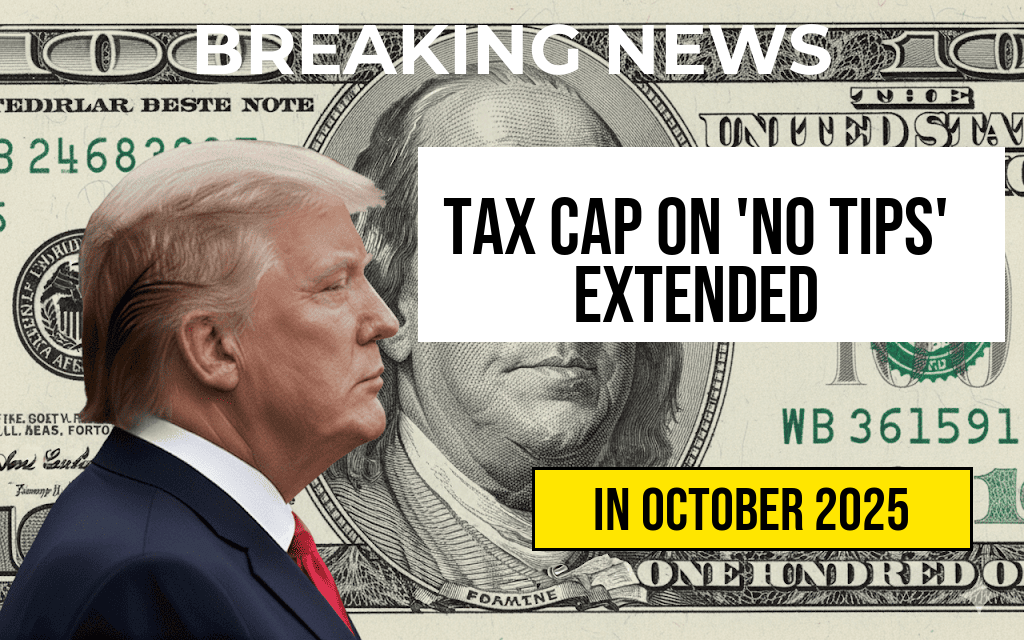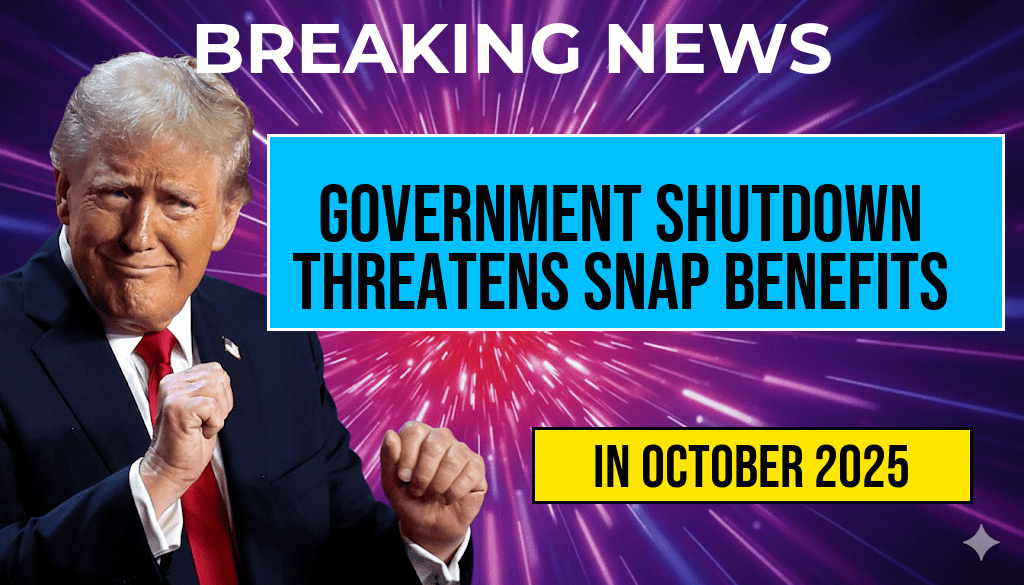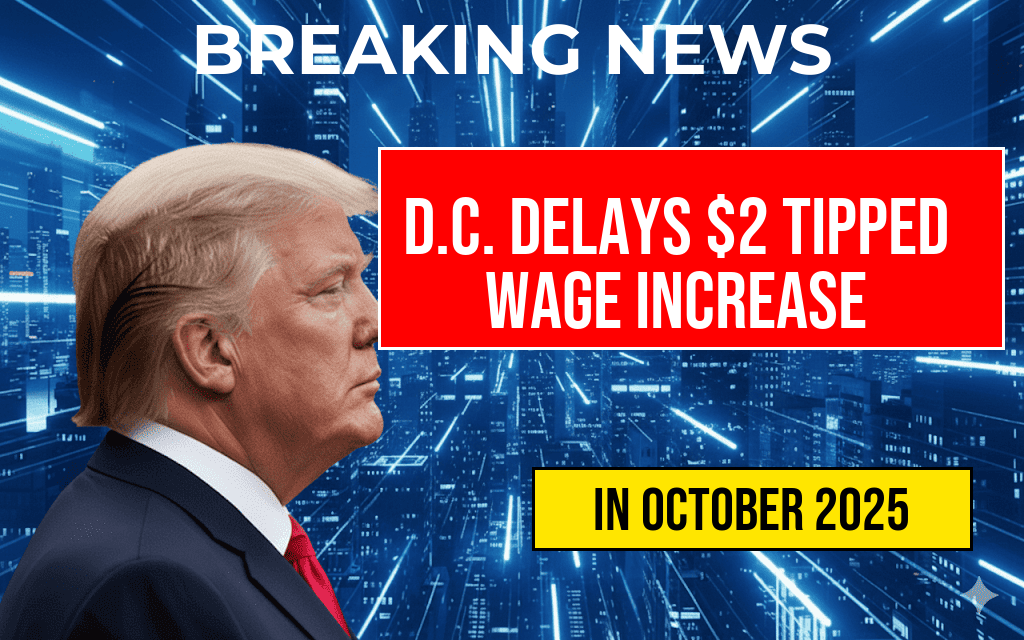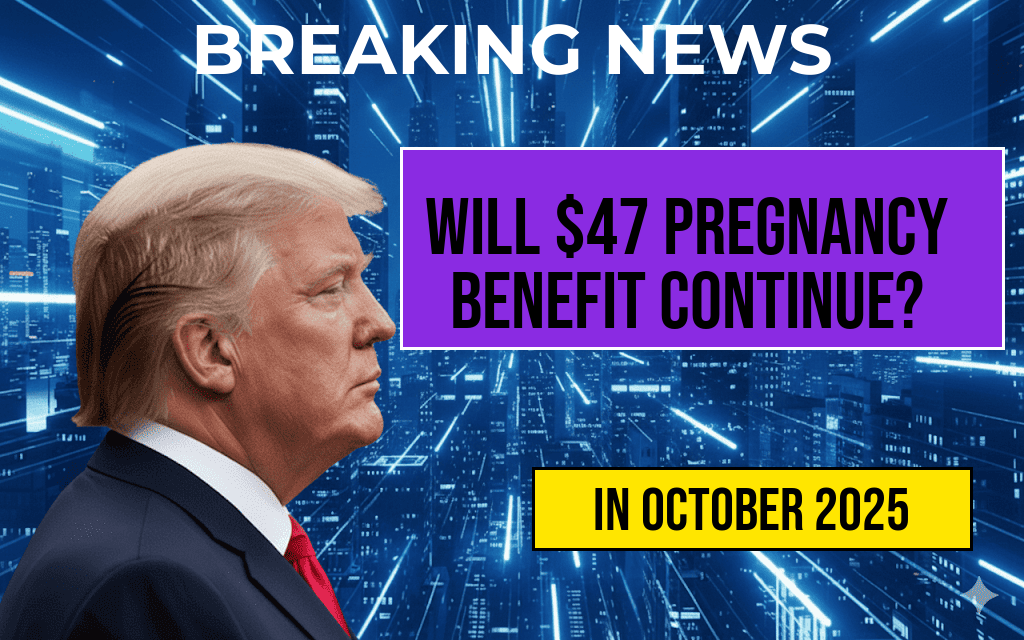The U.S. Treasury Department has announced an extension of the tax cap on the “no tips” rule, allowing businesses to maintain a limit of $25,000 per year through 2028. This decision aims to provide financial relief for companies that have opted for a no-tipping model, particularly in the restaurant and hospitality sectors. The move has garnered mixed reactions from industry stakeholders, who cite both benefits and challenges associated with the cap. The rule’s extension is seen as a significant measure for small business owners who have been navigating the complexities of tipping regulations and employee compensation in a changing economic landscape.
Understanding the ‘No Tips’ Rule
The “no tips” rule was introduced as part of a broader effort to create equitable pay structures within service industries. Under this model, employers pay their workers a higher base wage, eliminating the reliance on customer tips. This approach aims to ensure that all employees receive a fair income regardless of customer generosity, which can vary widely.
Key Features of the Tax Cap
- Annual Limit: The cap allows businesses to receive up to $25,000 in tips without facing additional tax burdens.
- Eligibility: The cap applies to establishments that have adopted a no-tipping policy and adhere to specific guidelines set forth by the IRS.
- Duration: The extension remains in effect until December 31, 2028, providing clarity and stability for business owners.
Impact on Small Businesses
The decision to extend the tax cap is seen as a lifeline for many small businesses, especially in the wake of challenges posed by the COVID-19 pandemic. Many restaurants and hospitality venues shifted to no-tipping models to attract and retain talent, but the financial implications of such changes have been significant.
“This extension is a welcome relief for business owners who are trying to navigate the complexities of employee compensation,” said Sarah Thompson, a spokesperson for the National Restaurant Association. “It allows us to move forward with a model that benefits both workers and customers.”
Concerns Among Industry Experts
Despite the positive feedback from some quarters, not everyone is in agreement. Critics argue that a cap on tips could disincentivize quality service and diminish customer engagement. Some industry experts believe that tipping serves as a motivational tool for service staff, encouraging better performance.
John Meyer, an economist specializing in labor markets, stated, “While the no-tipping model has its advantages, it removes an important aspect of customer interaction and could impact service quality in the long run.”
Broader Implications of the Policy
The extension of the tax cap has broader implications beyond just the restaurant industry. It reflects a growing trend towards re-evaluating compensation structures across various service sectors. As more businesses explore alternatives to traditional tipping, the implications for employee wages, customer experiences, and overall business viability will continue to unfold.
Future Considerations
Looking ahead, industry leaders and policymakers will need to closely monitor the impacts of the extended tax cap. Several questions remain regarding its effectiveness in achieving equitable pay and maintaining service standards. Furthermore, as consumer preferences evolve, the role of tipping in the service economy may continue to change.
Conclusion
The U.S. Treasury’s decision to extend the tax cap on the “no tips” rule through 2028 marks a significant development in the landscape of service industry compensation. As businesses adapt to this extended framework, the outcomes will be closely watched by industry stakeholders, economists, and policymakers alike.
To learn more about the implications of the no-tipping rule and its effects on the service industry, visit Forbes or explore the detailed guidelines on the Wikipedia page on tipping in the U.S..
Frequently Asked Questions
What is the ‘No Tips’ rule and how does it relate to the tax cap?
The ‘No Tips’ rule allows certain businesses to operate without the obligation to report tips received by employees. Under this rule, a tax cap of $25,000 per year has been established, meaning that employers are not required to withhold taxes on tip income up to this amount.
How long has the tax cap on the ‘No Tips’ rule been extended?
The tax cap of $25,000 per year on the ‘No Tips’ rule has been extended through 2028, allowing businesses and employees to benefit from this regulation for several more years.
Who benefits from the $25,000 tax cap?
The $25,000 tax cap primarily benefits employees in service industries, such as restaurants and bars, who typically receive tips. It also provides relief for employers who do not have to report and withhold taxes on tip income below this threshold.
What happens if an employee earns tips exceeding the $25,000 cap?
If an employee earns tips that exceed the $25,000 cap, they are required to report the excess amount as income and pay taxes on it. The cap only applies to the first $25,000 of tip income received each year.
Are there any changes expected in the future regarding the ‘No Tips’ rule?
While the tax cap on the ‘No Tips’ rule has been extended through 2028, it is possible that future legislation could lead to changes. Stakeholders in the service industry are encouraged to stay informed about potential updates that may affect this rule.






